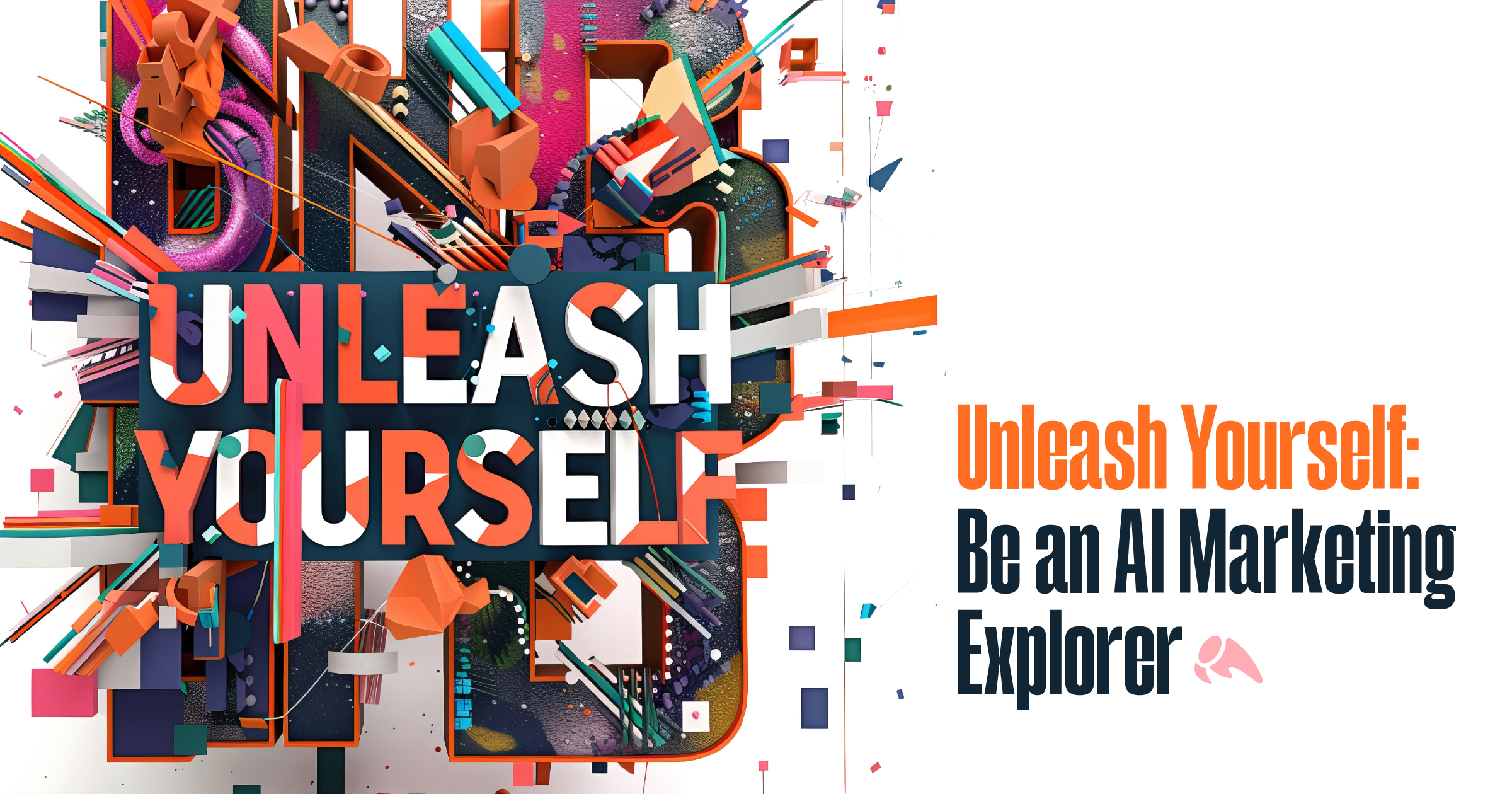- The Fringe
- Posts
- Lessons from 1000 eCommerce Pricing Tests
Lessons from 1000 eCommerce Pricing Tests
Also: Tap into your AI Genius | CABBE: The future of AI in eCommerce | How AI is becoming the next SEO | Luxury Hotels and Lessons on CX

Shalom! Spring is here. New changes abound. I hope you had a great Q1, and here’s to more Q2 success.
Let’s jump in.
Table of Contents
The Latest
The AI Doomers
Are you in the accelerator or decelerator camp? Didn’t know there was such a thing? Here’s a deep dive into a culture that wants to be super cautious around AI and keep the rest of humanity safe.
From The New Yorker (and yes, a surprisingly good read):
The Biggest Consumer Tech Trends
It’s The Fringe, so let’s discuss what’s truly cutting-edge in the next 10 years.
Bernard Marr looks at the most interesting technology trends in the next decade that will most likely affect you. Maybe not now, but soon.
The Xs
Brand Experience
The Burger Files
Generally speaking, people hate ads—unless, you’re in pain, of course. And whether that ad demonstrates the solution to your pain well enough to hit its mark.
Knowing this, clever marketers are devising unique ways to engage their audience (or any audience, for that matter).
Enter The Burger Files from none other than the always snarky Wendy’s, a spoof crime series featuring a most common crime: bad fast food.
In the world of quarterly reports and lead gen marketing machines, it’s always wise to consider the long-term brand awareness play, which doesn’t fit into typical playbooks.

What creative ways can you devise to grab much-needed attention for your brand? Sure, it’s a long-term play, but who’s playing for the long term anymore? That an advantage.
User Experience
Lessons from 1000 eCommerce pricing tests
We’re all guilty of not testing enough. As you grow, you can’t afford NOT to test because, in most cases, you’re losing sales. Just as there’s an overpricing bias, underpricing can also hurt you.
Because it’s about perception of value, right? Not price.
Well, here are some lessons from 1,000 eCommerce Pricing Tests, courtesy of Intelligems and HBR. Some highlights:
Many small and medium-sized e-commerce retailers set prices ad hoc, often leaving money on the table. Price testing can help identify opportunities to improve pricing decisions and better understand consumers' willingness to pay.
Intelligems has run over 1,000 price tests across more than 300 eCommerce retailers. They found that in 54% of cases, there was a "better" price than the retailer's current price. That’s over half. Among these non-control winners, 59% of the winning prices were lower than the control price, suggesting that retailers often overprice their products.
In contrast, 60% of the winning rates were higher than the control when testing shipping rates, indicating that retailers tend to underprice shipping fees.
Almost all retailers (96%) who ran at least three price tests found a better price point, with a median improvement of 3.2% in purchase price variance (PPV). Similarly, 78% of retailers who ran at least two shipping tests found a non-control winner, with a median improvement of 4.5% in PPV.
Enjoy.
Icons generate generate a lift of 23.5% in conversions on mobile
Blue Stout always has some great CRO wins. From this article:
For a CPG brand, we moved 2 out of 4 benefit icons from lower on the page to higher up below the buy box.
This generated a lift of 23.5% in conversions on mobile.
Get the details here.
How AI is becoming the next SEO
I suppose an unintended consequence of AI assistants, particularly shopping assistants, is their “objectivity”. Whereas your average human uses typical bias levers to choose a product from dozens, AI doesn’t have our biases (though they still have some).
That means AIs can shop or recommend products based on merit versus how the packaging looks—unless you tell it specifically to look at certain brands.
How will this shake out? Will higher-quality products get funneled by AI to you because you weren’t the one choosing? Will your affinity to certain brands fade as long as you get the best quality product in the end?
Hard to say. But it’s something to keep an eye on, which means:
Pay attention to how AI evaluates your products — then adjust accordingly (AI becoming the next SEO — AIO, perhaps?)
Make better products (kinda goes without saying, but not really—makers need to be reminded)
Watch how reviews get curated by the AI
Ultimately, how will AI balance your preferences with what’s out there? And how will you, as a merchant, adapt and adjust?
Customer Experience
Luxury Hotels and Lessons on CX
From the article:
Today, the most powerful differentiator in the service sector is a culture of excellence—powered by staff that can anticipate customers’ needs, exceed expectations, create cherished memories, and make it all feel seamless.

Some quick takeaways:
Regularly reinvent the customer experience to avoid stagnancy
Go to extra lengths to create unique memories
Empower staff to gain knowledge of customer preferences
Enable a distinctive customer experience
The best leaders model the behavior they want to see from employees.
A lot in this one. Enjoy.
Employee Experience
5 ways to simplify your employee experience
Data Experience
How Likely Are Consumers to Share Good and Bad Customer Experiences?

Interestingly, in the US, if consumers have a good experience, they’re less likely than other countries to share via 3rd party sites or on social media. In fact:
Within the US, consumers are as likely as the global average to tell friends or family about a very good experience, but are much less likely to post on a 3rd party site (21% vs. 34%) or to post on social media about it (17% vs. 24%).
After a very bad experience, US consumers are slightly more likely than average to send feedback directly to a company (31% vs. 26%), much less likely to post on a 3rd party site (16% vs. 34%), and also less likely to post on social media (15% vs. 21%).
In other words, the US is great for raw word of mouth, but they’re less likely to post their experience on social.
Who knew? More here:
Thanks for hanging out. Talk soon.
Paul








Reply